Weddings used to be all about tradition, and back in the day, there were certain customs that every couple followed without question. These weren’t just rituals—they were moments that made a wedding feel like a real wedding. Some were romantic, some were just plain fun, and others might seem completely outdated by today’s standards. But for boomers, they were part of what made weddings special. The big, over-the-top ceremonies, the carefully orchestrated receptions, and all the little touches in between were things that everyone expected and looked forward to. Sure, times have changed, and modern weddings have become more personalized, but these old-school traditions still hold a special place in the hearts of those who lived through them. Whether it was the thrill of a dramatic bouquet toss or the elegance of a bride’s going-away outfit, these were the things that made weddings feel magical.
Some of these traditions have faded completely, while others have evolved into something different. But for those who remember them, they bring back a wave of nostalgia and a reminder of how weddings used to be a perfect blend of romance, family, and timeless customs. Here are 12 wedding traditions that boomers knew and loved, even if they’ve largely disappeared today.
1. The Bride’s Family Paying for Everything
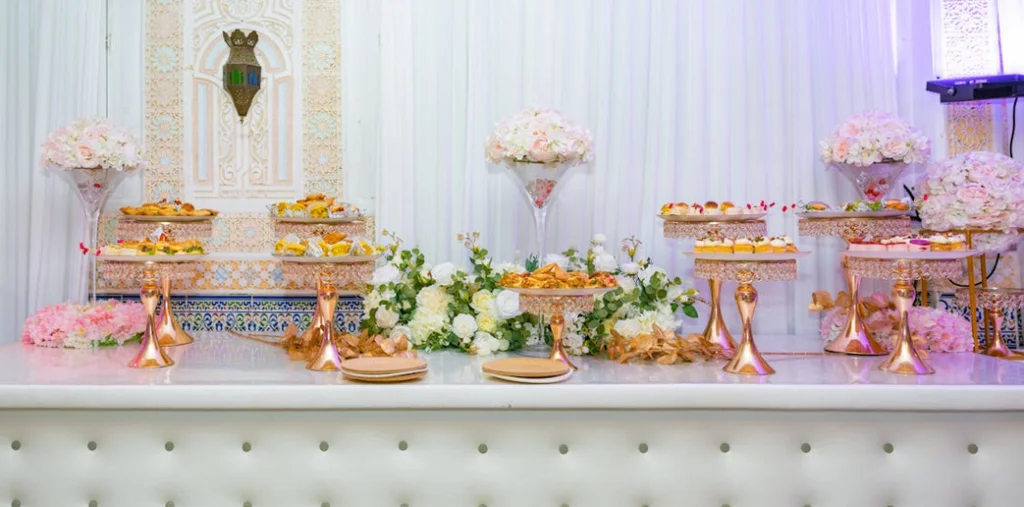
It used to be a given that the bride’s family would foot the bill for the entire wedding, and nobody really questioned it. This wasn’t just about generosity—it was considered part of a father’s duty to send his daughter into married life with a grand celebration. Of course, this expectation came from a time when many women didn’t work outside the home, and a bride was seen as financially transitioning from her father’s household to her husband’s. While this was a lovely tradition for those who could afford it, it put an incredible financial burden on the bride’s parents, especially if they had multiple daughters. The groom’s family usually only had to handle the rehearsal dinner, which hardly compared to the cost of an elaborate ceremony and reception.
As weddings grew bigger and more expensive, this tradition started to fade. More couples began paying for their own weddings, especially as women became more financially independent. Today, many families split the costs, or couples choose smaller, more affordable celebrations that don’t require such a hefty price tag. While the old tradition made sense in its time, modern weddings are much more about shared responsibility. Still, for those who grew up in an era where the bride’s parents handled everything, it’s strange to see weddings where the couple takes on the financial burden themselves.
2. Registering for Fine China and Silverware
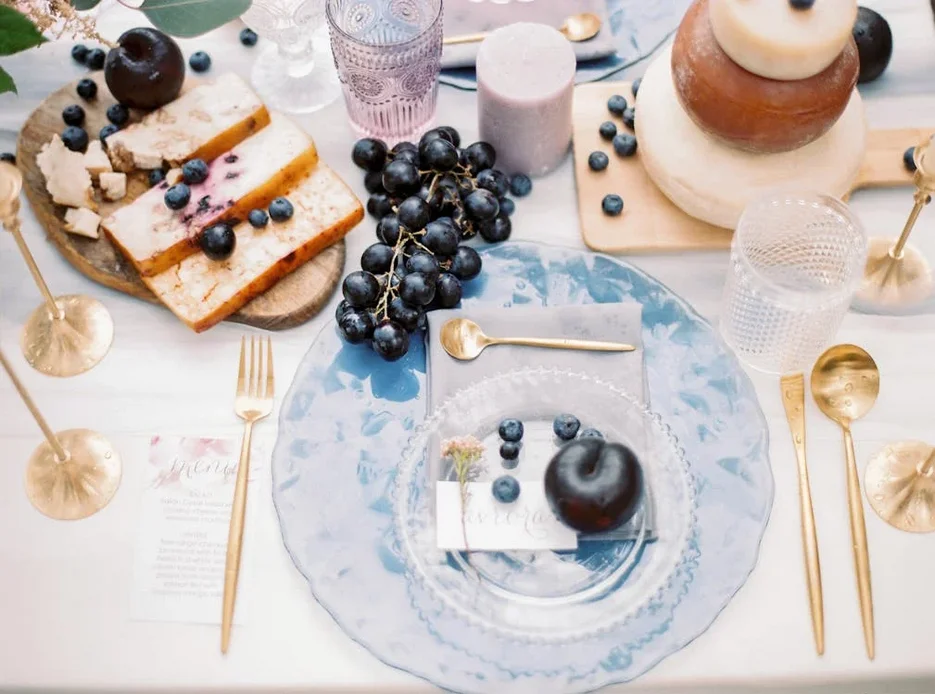
Back in the day, wedding registries were filled with fancy dinnerware, silver sets, and crystal glasses that most couples hardly ever used. Every young bride was expected to start her married life with a proper set of formal dishes, even if she didn’t actually have a dining room to host a dinner party. Many boomers can remember their parents proudly displaying their “good china” in a cabinet, only bringing it out for special occasions like Thanksgiving or Christmas. The idea was that a married couple should have everything they needed to host elegant dinners, whether they planned to or not. Gift lists were filled with items that symbolized a polished, grown-up home, and every department store had a bustling bridal registry section filled with these traditional picks.
Today, wedding registries look completely different. Many modern couples prioritize experiences, practical home essentials, or even cash funds for a honeymoon or house down payment. Fine china has fallen out of favor because, honestly, most people don’t have the space or the lifestyle to justify it. Entertaining has become much more casual, and those delicate plates and silver utensils often end up sitting in storage, unused. But for boomers who remember picking out their perfect pattern at a department store, there was something undeniably special about starting a new life with a beautiful, coordinated dinner set.
3. Throwing Rice at the Newlyweds
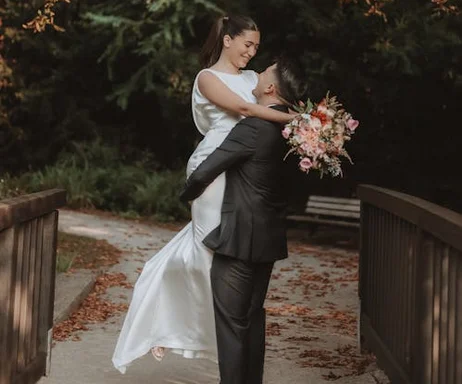
There was a time when no wedding felt complete without a grand send-off featuring guests tossing handfuls of rice at the newly married couple. This tradition, which symbolized prosperity and fertility, was a fun and festive way to celebrate the start of a new life together. As the bride and groom dashed out of the ceremony or reception, guests gleefully threw rice into the air, creating a magical moment that was often captured in wedding photos. Everyone participated, and there was a sense of excitement as the couple made their big getaway. It was a joyful, almost cinematic ending to a day filled with love and celebration.
But over time, concerns about safety and the environment led to the decline of this tradition. There was a persistent (though false) rumor that rice was harmful to birds, which led many venues to ban it. Even without the bird issue, rice could be a slipping hazard or a nightmare to clean up. Today, couples opt for alternatives like bubbles, sparklers, or biodegradable confetti. While these options can be beautiful, they don’t quite have the same nostalgic charm as the simple, time-honored act of throwing rice.
4. The Bride Wearing a Going-Away Outfit
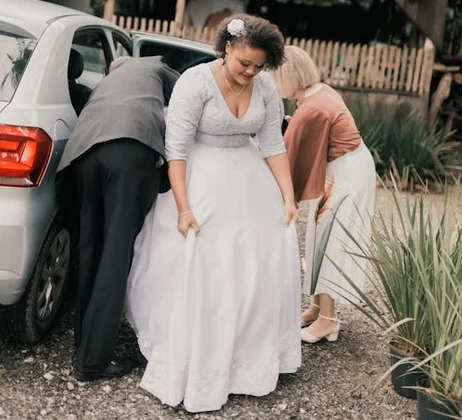
Once upon a time, brides didn’t leave their weddings in their gowns—instead, they changed into a stylish “going-away outfit” before departing for the honeymoon. This was typically a chic dress or a tailored suit, often paired with gloves, heels, and a hat, making the bride look just as polished as she did walking down the aisle. The idea was that the bride should leave the reception looking fresh and fashionable, ready to embark on her honeymoon in style. This outfit change was an exciting part of the wedding day, often signaling the moment when the couple truly stepped into their new life together. Guests would gather to wave goodbye, making the send-off feel like a glamorous affair straight out of a movie.
Nowadays, the going-away outfit is practically extinct. Brides tend to stay in their gowns all night or change into a more casual dress for dancing. Honeymoons don’t always start immediately, with many couples waiting days or even weeks before taking a trip. The excitement of the grand exit has faded, replaced by a more relaxed approach to the end of the wedding night. While practical, it’s hard not to miss the sense of occasion that came with watching a bride step into her honeymoon attire and drive off into the sunset.
5. The Bride and Groom Not Seeing Each Other Before the Ceremony
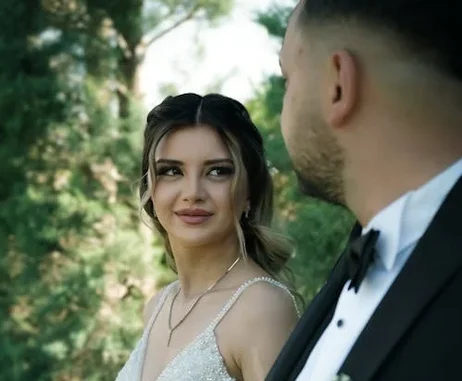
For generations, it was considered bad luck for the bride and groom to see each other before the wedding ceremony. This tradition dates back to the time of arranged marriages, when it was thought that if the groom saw the bride beforehand and didn’t like what he saw, he might back out of the wedding. Even long after arranged marriages faded, the superstition stuck, and couples took great care to avoid each other before the big moment. Brides would stay hidden in a separate room, and some even wore a veil down the aisle to keep the suspense going. The moment the groom saw his bride for the first time as she walked toward him was one of the most anticipated parts of the ceremony.
These days, many couples opt for a “first look” photo session before the wedding to capture their reactions privately. The idea of avoiding each other until the ceremony feels unnecessary when the entire day is already so carefully planned. Plus, seeing each other beforehand can help calm nerves and make the wedding day feel less rushed. While the grand reveal at the altar was a cherished moment for boomers, modern couples have embraced a more relaxed approach. Still, there was something undeniably romantic about that old-fashioned build-up, making the walk down the aisle feel even more magical.
6. The Bride Wearing a Full-Length Veil
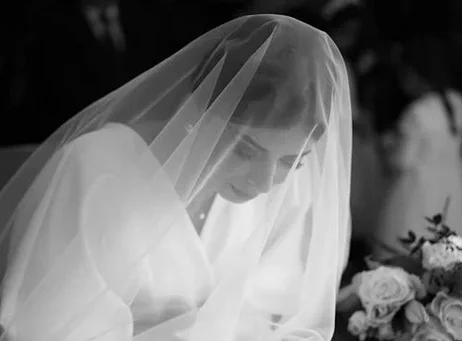
A wedding veil used to be one of the most important parts of a bride’s outfit, symbolizing purity and modesty. Many boomers remember the iconic image of a bride walking down the aisle with a long, flowing veil covering her face, only to have it lifted by her groom at the altar. This was a moment filled with anticipation and romance, marking the beginning of their new life together. Some veils were cathedral-length, trailing behind the bride like something out of a fairytale, while others were shorter but still maintained an air of tradition. The veil was considered just as important as the dress, with mothers and grandmothers often passing theirs down as a family heirloom.
Nowadays, veils have become much less common, and when they are worn, they’re often more of a fashion statement than a meaningful tradition. Many brides opt for flower crowns, headpieces, or nothing at all, choosing comfort and personal style over old customs. While full-length veils still make occasional appearances in traditional weddings, the days of brides keeping their faces covered until the last possible moment are long gone. For boomers who grew up with the image of a bride’s dramatic unveiling, it’s a little strange to see brides walking down the aisle without that signature touch.
7. The Bride Carrying a Horseshoe for Good Luck
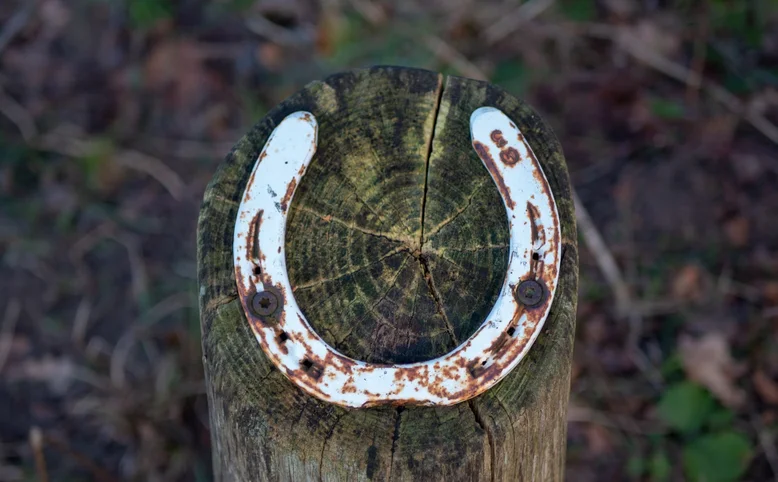
Once upon a time, brides would carry a small horseshoe, often made of silver or decorated with ribbons, to bring good luck to their marriage. This old tradition had its roots in British and Irish folklore, where horseshoes were believed to ward off evil spirits and ensure happiness. Some brides tucked tiny horseshoes into their bouquets, while others received one as a keepsake gift from their mother or grandmother. It was a charming little superstition that added an extra layer of meaning to the wedding day, ensuring that the couple would have a prosperous and joyful life together.
These days, good luck charms at weddings have all but disappeared. Most modern brides aren’t carrying around horseshoes, and the tradition has faded into obscurity. While some elements of wedding superstition—like something old, new, borrowed, and blue—still linger, carrying a lucky trinket has largely been replaced by more contemporary wedding trends. It might not be practical, but for those who remember this tradition, it was one of those small, sentimental touches that made weddings feel extra special.
8. Elaborate Tiered Wedding Cakes with Plastic Bride and Groom Toppers
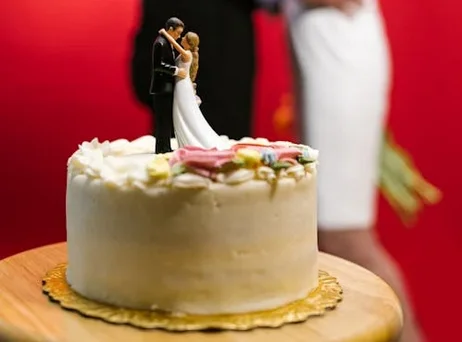
Wedding cakes used to be towering, multi-tiered masterpieces, often covered in thick white icing and topped with a plastic bride and groom figurine. No wedding reception felt complete without the big moment when the couple stood side by side, holding a knife together, and sliced into the bottom tier of the cake. This wasn’t just a tradition—it was a highly photographed event, symbolizing the couple’s first task as husband and wife. After the cake was cut, the couple would feed each other a small bite, sometimes sweetly and sometimes with a playful smear of frosting on the nose. The top tier was often saved in the freezer for the couple’s first anniversary, though few people actually wanted to eat year-old cake.
While wedding cakes still exist today, they’ve changed significantly. Many modern couples opt for smaller, more artistic cakes, or they skip the cake entirely in favor of cupcakes, dessert bars, or even doughnuts. The classic bride-and-groom toppers have largely disappeared, replaced by customized decorations or fresh flowers. As wedding styles have become more personalized, the traditional white cake with stiff royal icing has fallen out of favor. For boomers who grew up seeing those towering cakes at every wedding, today’s minimalist approach feels like something is missing.
9. The Groom Removing the Bride’s Garter
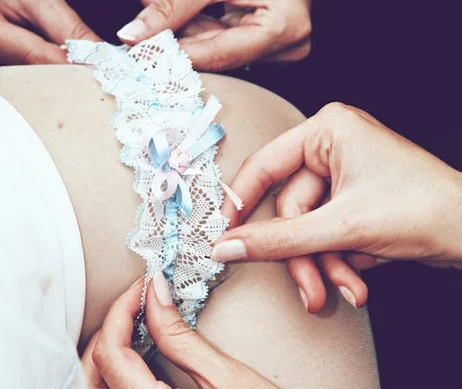
The garter toss was one of the more playful and sometimes awkward moments of a wedding reception. After the bouquet toss, the groom would slide the bride’s garter off her leg, sometimes using just his hands, sometimes with his teeth, much to the amusement (or embarrassment) of the guests. He would then toss it into a crowd of eager bachelors, with the belief that whoever caught it would be the next to marry. This was the male counterpart to the bouquet toss, and it often resulted in some comical, slightly chaotic moments on the dance floor.
Today, the garter toss has largely fallen out of favor, with many couples choosing to skip it entirely. It can feel a bit outdated, and not every bride is comfortable with the public removal of her undergarments, even if it’s all in good fun. Some weddings still include it, but it’s nowhere near as common as it once was. For boomers who remember lively receptions where this was a highlight of the evening, it’s a reminder of how much wedding traditions have shifted toward a more refined, less theatrical experience.
10. The Bride and Groom Driving Off with Cans Tied to the Car
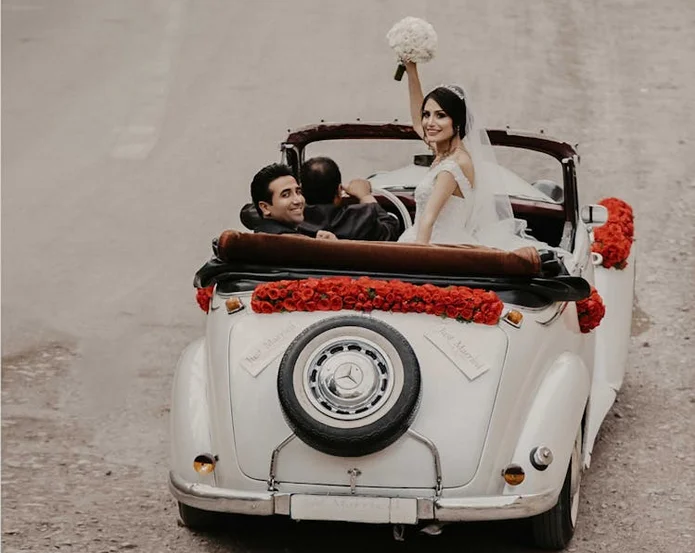
At the end of the reception, the newlyweds would make their grand exit in a car decorated with “Just Married” signs, streamers, and tin cans tied to the back bumper. The rattling of the cans as the couple drove away was meant to ward off evil spirits, but more than anything, it was a celebratory send-off. Guests would cheer, wave, and sometimes even chase the car, adding to the excitement of the moment. This was the ultimate symbol of a couple beginning their new life together, and it made for some fantastic photo opportunities.
Today, fewer couples make such a dramatic getaway. Many opt to stay until the very end of their reception, choosing a more low-key departure. With destination weddings and after-parties becoming more common, the need for a big exit has diminished. While some couples still embrace this tradition in a nostalgic way, it’s no longer the standard. For boomers who remember standing in a crowd watching the happy couple drive off into the night, it’s one of those little moments that made weddings feel truly special.
11. Wedding Invitations with Formal, Flowery Language
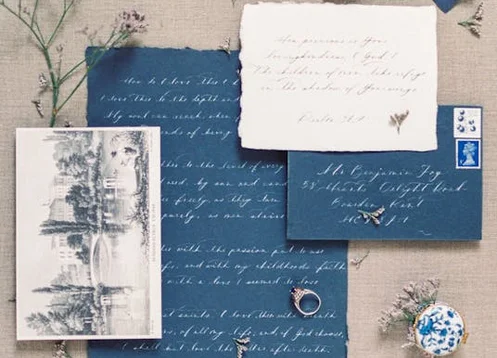
Back in the day, wedding invitations were a serious affair, often written in elaborate script on heavy cardstock with formal wording that followed strict etiquette rules. They always started with “Mr. and Mrs.” to indicate the hosts, usually the bride’s parents, followed by phrases like “request the honor of your presence” for church weddings or “request the pleasure of your company” for receptions held elsewhere. There were no quirky fonts, casual phrasing, or digital RSVPs—everything was proper, precise, and sent through the mail in double envelopes to protect the delicate paper. Many invitations even included an RSVP card with pre-stamped envelopes, and failing to return it was considered incredibly rude.
Today, wedding invitations have become much more relaxed. While some couples still go for traditional paper invitations, many opt for digital invites, minimalist designs, or even themed and humorous wording that fits their personality. Casual language like “Join us for a party!” has replaced the stiff formality of the past, and RSVPs are often collected through websites instead of through the mail. While modern invitations reflect changing times, boomers might miss the elegance and anticipation that came with receiving a beautifully embossed wedding invitation in the mail, a tangible keepsake from an unforgettable day.
12. The Bride Carrying a Bible Instead of a Bouquet
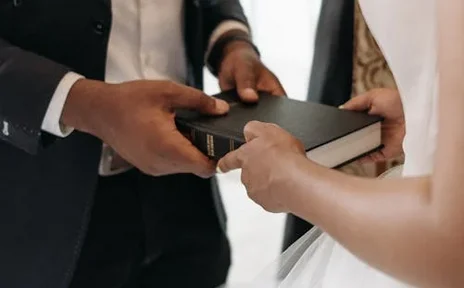
Before flowers became the standard wedding accessory, it was common for brides—especially in religious families—to carry a small Bible down the aisle. Sometimes, the Bible was decorated with a small arrangement of flowers or ribbons, but the book itself was the focal point. This tradition symbolized the couple’s faith and the importance of religion in their marriage, and many brides used family Bibles that had been passed down for generations. It was seen as a way to bring blessings into the union, making the ceremony feel even more sacred.
Over time, flowers became the more popular choice, with elaborate bouquets replacing the Bible as the must-have bridal accessory. Today, it’s almost unheard of for a bride to carry anything but a bouquet, with floral arrangements becoming more personalized and extravagant than ever. While faith still plays an important role in many weddings, this particular tradition has mostly faded away. For boomers who remember seeing brides carrying delicate white Bibles as they walked down the aisle, it’s another reminder of how much weddings have evolved to fit modern tastes.
Weddings have changed in countless ways over the years, adapting to new trends and shifting cultural norms. While some of these traditions may seem outdated now, they once played a huge role in making weddings feel like grand, meaningful celebrations. They carried symbolism, created unforgettable moments, and added to the sense of magic that surrounded the big day. While modern weddings offer more flexibility and personalization, there’s something to be said for the old-fashioned customs that made each wedding feel like a cherished, time-honored event. Whether you love the changes or long for the past, one thing remains the same—weddings will always be about love, family, and celebration.


